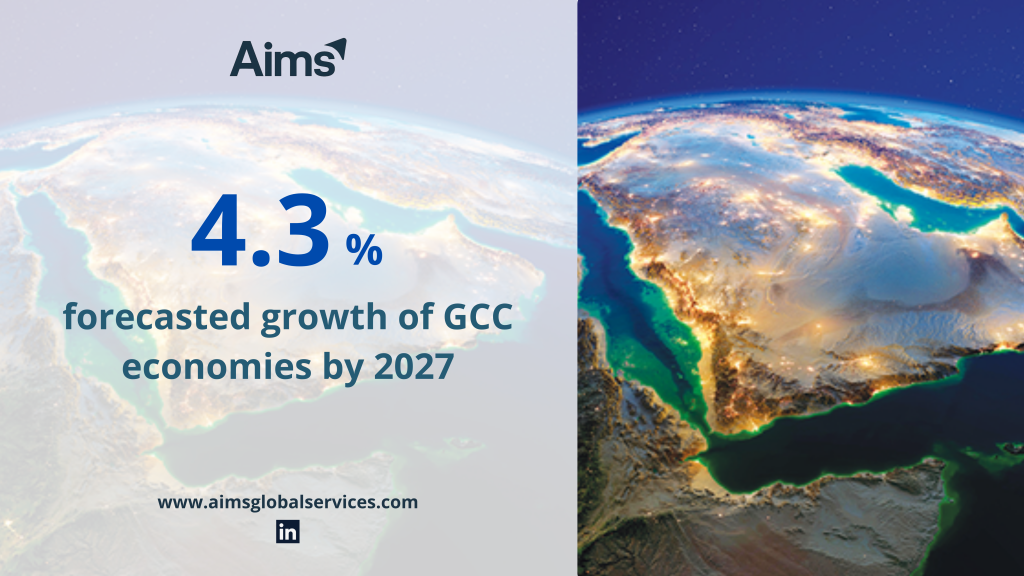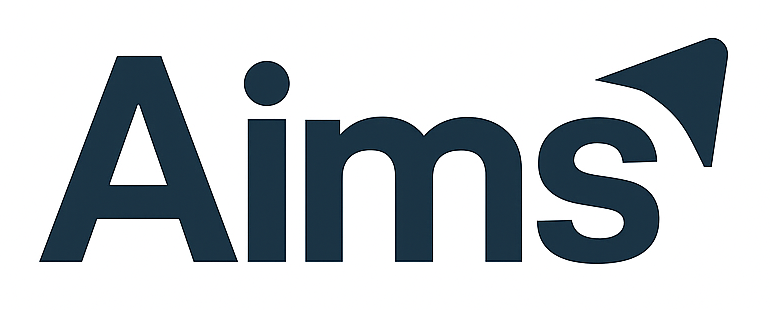
The Gulf is gearing up for a major economic surge — with GCC real GDP set to climb to 4.3% by 2027, more than doubling its 2024 growth rate. Driving this momentum is the rapid rise of non-oil sectors, which expanded by around 4.4% last year, proving that the region’s bold diversification vision is no longer a plan — it’s in full motion.
Why the GCC remains a compelling region to start or expand business?
Strategically located between Europe, Africa, and Asia, the region offers exceptional logistical advantages and serves as a global hub for trade and investment. The GCC’s growing non-oil sectors are reducing exposure to oil-price volatility while opening access to diversified revenue streams.
Additionally, large-scale infrastructure and mega-projects are creating strong demand for goods, services, technology, construction, engineering, and hospitality. Furthermore, ongoing government reforms and private-sector empowerment now enable businesses to scale faster than ever before, and with a high-growth forecast ahead, those entering the market today stand to gain a valuable first-mover advantage over slower-to-adapt competitors.
What’s fueling the growth across the GCC?
Several activities, projects and initiatives are powering the expansion:
– Tourism & hospitality: Major destinations and mega-projects in the UAE, Saudi Arabia and beyond continue to ramp up. GCC-Stat highlights tourism investment as a key driver.
– Renewable energy & clean tech: Countries are accelerating their energy transition programmes, adopting big-ticket solar, wind and green hydrogen initiatives.
– Manufacturing & logistics: The build-out of manufacturing hubs, logistics corridors and industrial clusters (for example linked to ports, free zones, rail networks) is gaining pace — enabling global companies to plug into GCC supply-chains.
– Digital infrastructure & tech-ecosystem: From AI and digital government services to fintech and smart cities, the region is investing heavily in tech platforms and enabling frameworks.
– Non-oil policy reform: Measures such as opening up foreign direct investment, liberalising ownership rules, improving ease of doing business and expanding labour-market reforms all contribute to the business-environment uplift.
How does that compare globally?
Globally, many advanced economies are projecting far lower average growth rates through to 2027 — often in the 2-3% range for developed markets. For the broader Middle East & North Africa (MENA) region, growth forecasts tend to be more modest (for example The World Bank projects 3.2% for the GCC in 2025). In this context, the 4.3% forecast for the GCC stands out: it signals that the region is not simply stable, but genuinely out-pacing many comparable geographies in terms of near-term growth potential.
The GCC’s growth story is just getting started — powered by diversification, innovation, and bold national visions. As global markets slow, the region continues to surge ahead, redefining what sustainable progress looks like. For businesses ready to expand, the Gulf isn’t just an option — it’s the opportunity.
